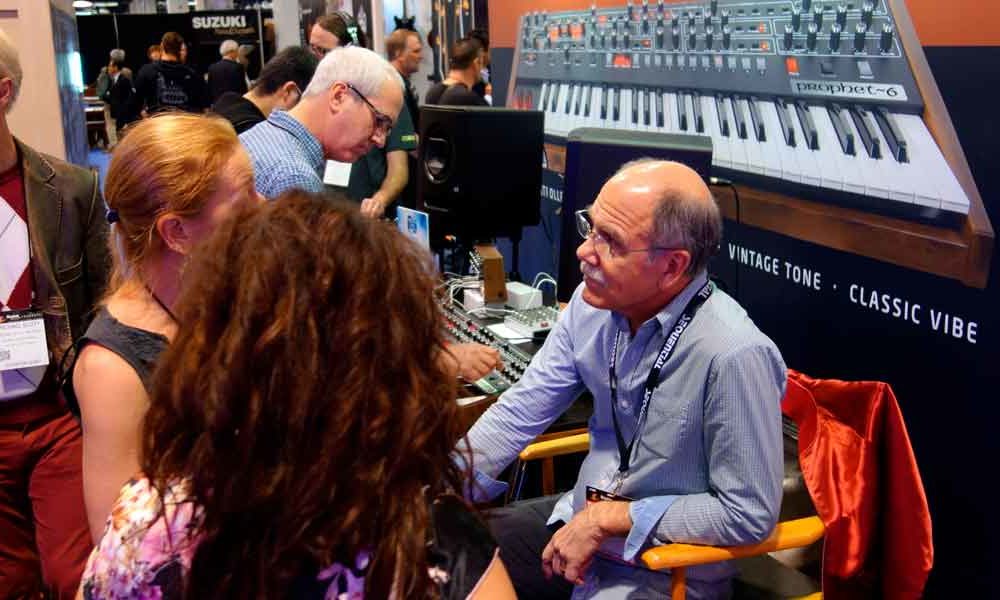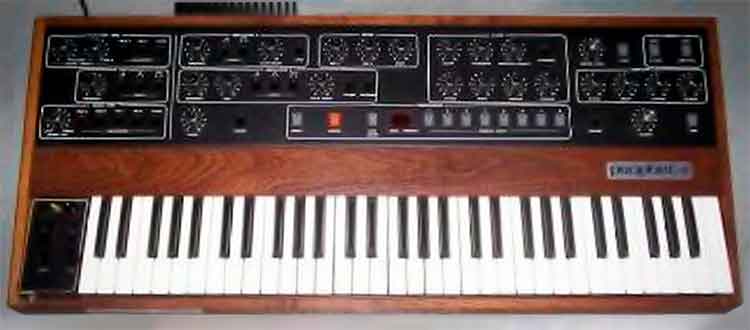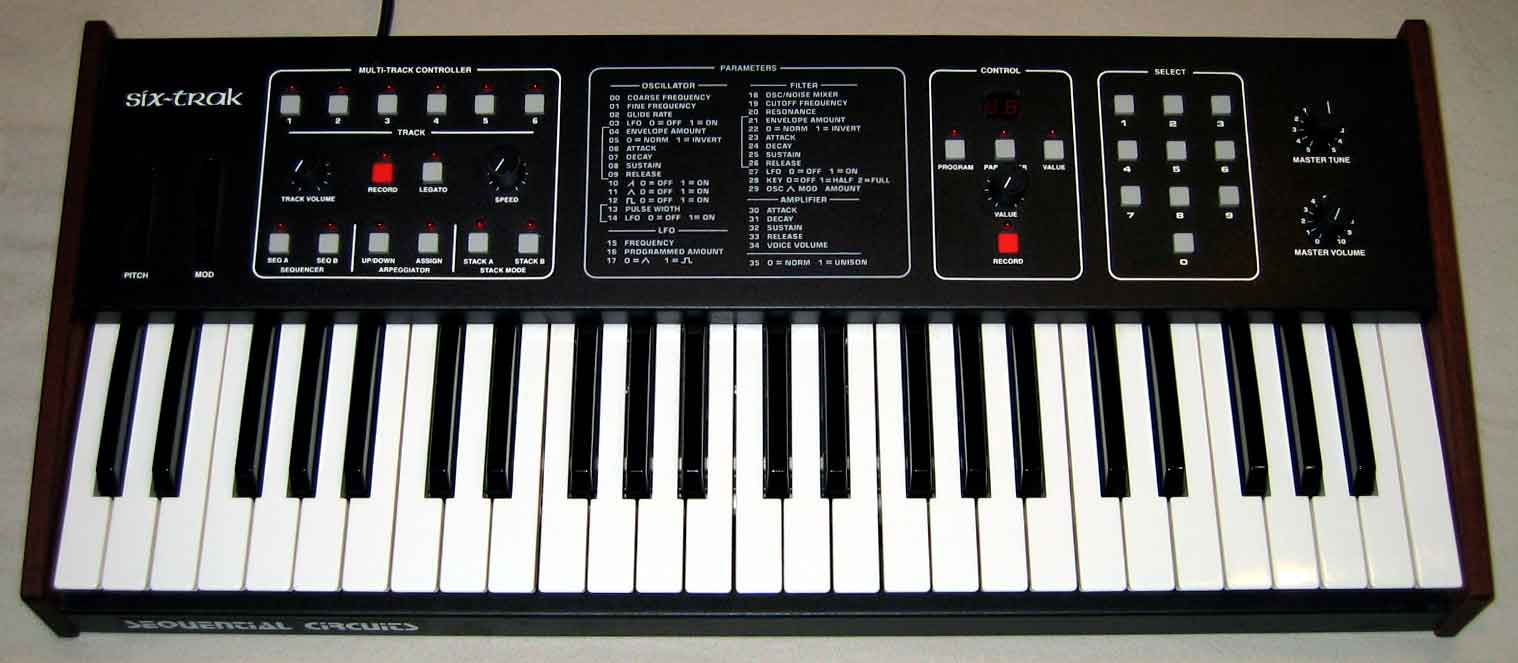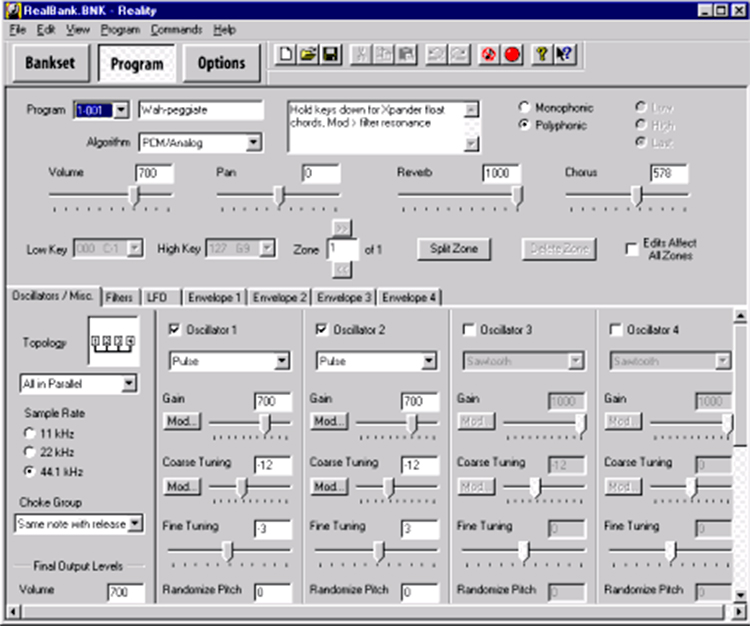
It seems that music-related obituaries are starting to be a terrible Friday tradition. And it is that after saying goodbye to Vangelis and Andrew Fletcher fourteen and seven days ago respectively, today it’s Dave Smith’s turnfigure much less media than the previous ones but, believe it or not, key precisely so that both musicians, like many others, could rewrite the relationship between music and electronics.
And it is that, as you will remember, when we said goodbye to Vangelis we also talked about how important the seventies was for electronic music, with the boom of synthesizers that had been gaining presence for some time, but in this decade they experienced an enormous evolution, partly cause and partly effect of the popularization of electronic music. And a milestone in this regard was the Prophet-5, the first programmable polyphonic synthesizer based on a microprocessor, the legendary Zilog Z80responsible years later for the generation of the massive arrival of computers in our homes.
The mythical Prophet-5 was created by Sequential Circuits Inc. (SCI), a company founded by Dave Smith in 1972 and which, from the outset, drank from the technological revolution that had just begun and, after designing some synthesizer models for third parties, undertook the ambitious project of creating a technologically leading synthesizer, but also economically much more affordable than what was common at that time. If Z80-based computers popularized home computing, the Prophet-5 designed by Dave Smith did something similar when it came to electronic music.
However, and although Dave Smith’s contributions to the world of synthesizers were visionary (so much so that many consider that he was too far ahead of his time), if there is something for which he is especially remembered, it is for what happened during the NAMM Show (a of the most important and veteran fairs in the music sector) from 1983. In this event Dave Smith in a public exhibition connected two synthesizers together, a Prophet-600 and a Roland Jupiter 6. MIDI had just been born.
Effectively, the connection standard for musical instruments and devices that completely changed the relationship between music and technology He has a father, Dave Smith, who back in 1982, after working for a while with Ikutaro Kakehashi (Roland) and Tom Oberheim (Oberheim Electronics), proposed to the industry, surely without imagining the scope that his creation would have, the system that Since then it has been used, and continues to be used, to connect musical instruments to computers and workstations, whether in professional recording studios or in the home of many music composition and performance enthusiasts.
As indicated before, Dave Smith He was considered by many to be ahead of his time., something that can be very positive, but that can also have tremendously negative consequences. With Sequential Circuits Inc. he continued designing and marketing synthesizers, but focused on the possibilities offered by what years later would become popular as DAW (Digital Audio Workstation). The problem is that he was too early, so the market couldn’t absorb what he was offering and finally he was forced to sell the company to Yamaha in 1987 after declaring bankruptcy.
In its years of activity, SCI designed no less than 19 devices, many of which had functions that, tremendously innovative at the time, they were later adopted by the music industry, showing that Dave Smith had a very clear vision of the evolutionary potential of digital features and tools in music composition. Much of his legacy in this regard translates into tools and functions fully in force today.
And he would still sign another moment of glory when designing, already at the service of Korg, the unforgettable Korg Wavestation, for whose design he had the collaboration of part of his original team at SCI. Later he would found a new company, Dave Smith Instruments, with which he designed other synthesizer models that also became quite popular. But this without forgetting the synergy between instruments, devices and computers.
This gave rise to one of his synthesizers, the remembered Six Trackwere designed to be used in conjunction with a Commodore 64something that led him, some time later, in 1993, to sign the historic Seer Systems Reality, remembered by many as the first virtual instrument in history. Something that is common today, that is, connecting a keyboard to the PC and using various instruments with it, had its first great precedent at that time. And we can also relate Smith’s choice of Breadcom to the subsequent success of the Commodore Amiga among many composers.
Vangelis’s generation provided the soundtrack to the computer revolution, but at the same time that he and many others of his generation were composing, DAve Smith illuminated the foundations of a much more direct connection between both worlds. If music was inspired by computers and technology, why not establish the necessary channels so that one could feed off the other not only in an inspirational way, but in a practical way. Why settle for influencing each other when they could complement each other? That is the path that Dave Smith began to chart.
With the adoption of the Z80 for the design of the Prophet-5, Dave Smith already made it very clear that he was quite aware of what was going on in the integrated world, but the before and after was marked with his demonstration of the 1983 NAMM Show. It’s been 39 years since then, and although MIDI has evolved since then, just as instruments and devices have, were it not for Smith’s vision ahead of his time, history could have been very different.
On this third Friday of technological-musical obituary we are not saying goodbye to a composer who has signed some creations that have gone down in music history. No, today we fired Dave Smith, without whose influence music and electronics would not have come to form a one that has lasted until today.
Images: Pete Brown / Clusternote / Matt Perry / Vintage Synth Explorer






